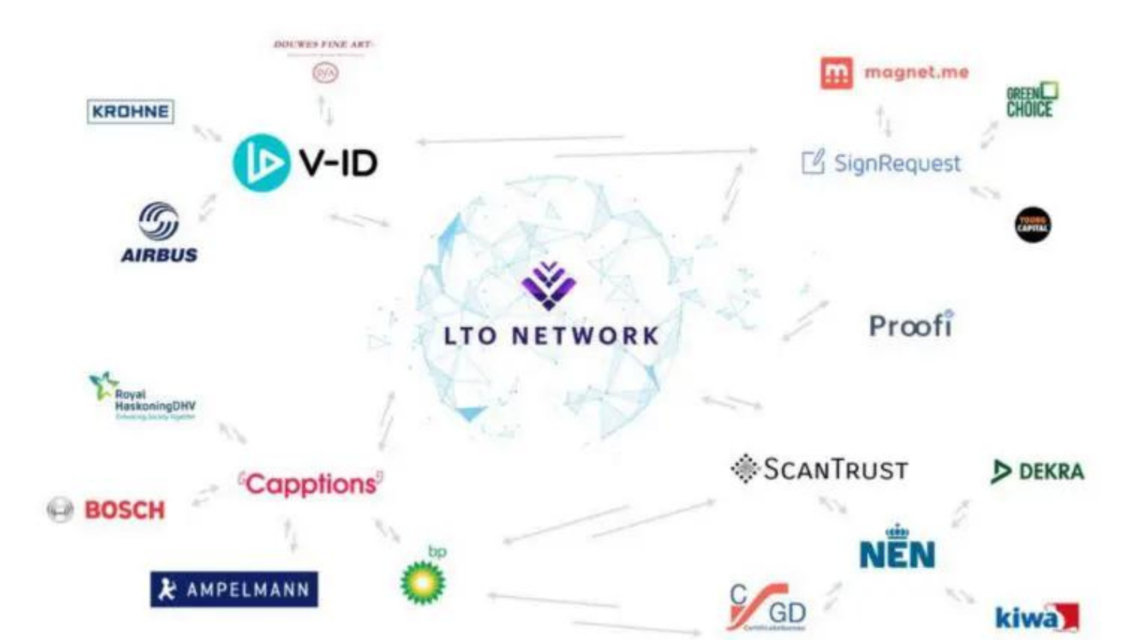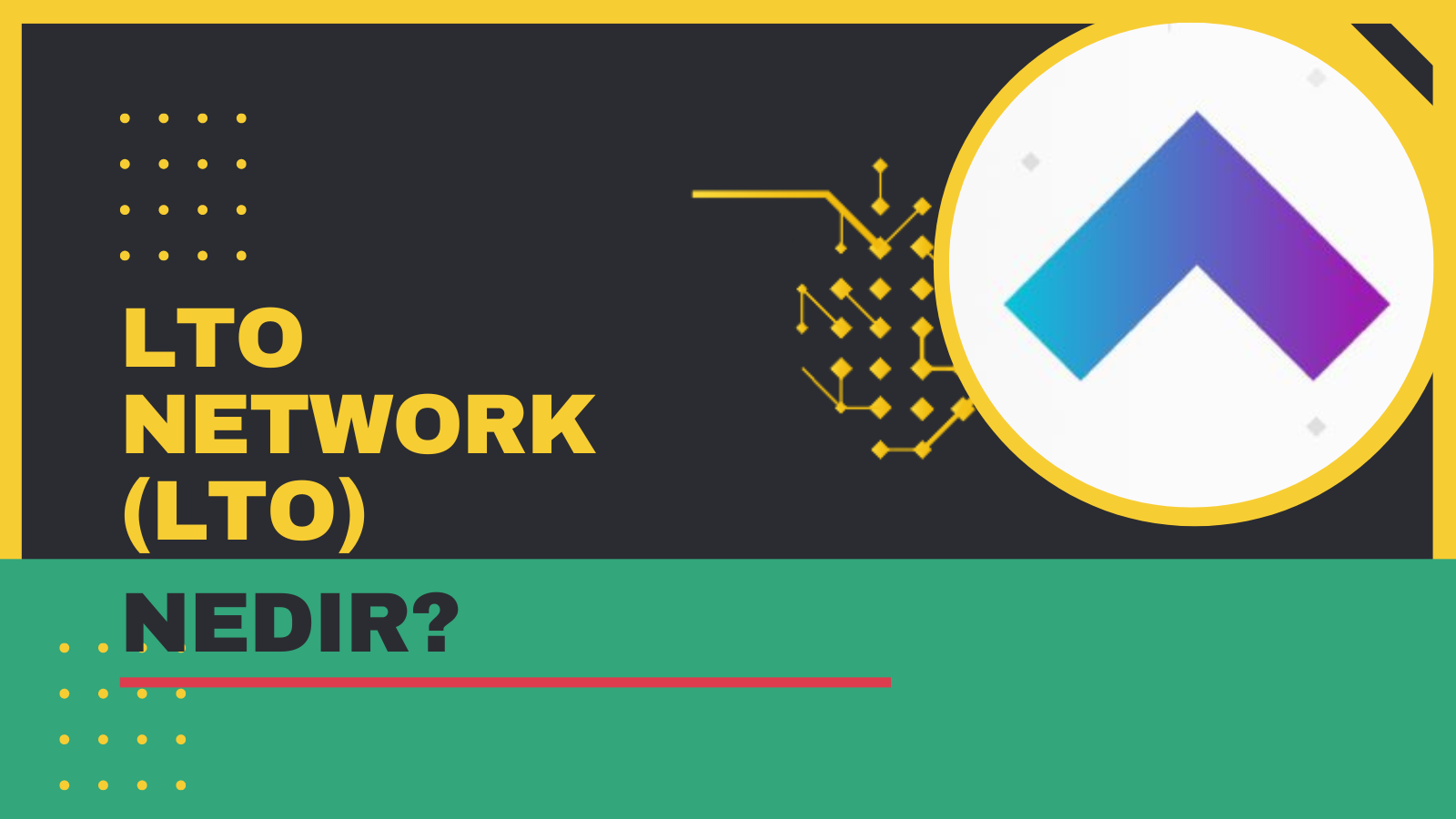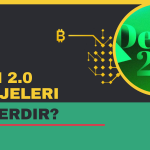In this article, we tried to answer questions such as what is LTO coin, what is cryptocurrency LTO Network (LTO), how to buy LTO coin. Here are the comments and details about the future of LTO coin…
LTO Coin How Much TL?
According to current crypto money market data, 1 LTO Coin 2.09 TL is traded for TL. LTO Coin price has fluctuated by 29.85% in the last 24 hours. The trading volume of LTO Coin in the last 24 hours is 51,821,567 $ dollars, and its total market cap is 49,334,581 $ dollars.
How much is LTO Coin?
According to current crypto money market data, 1 LTO Coin 0.125112 $ is traded at dollars.
What is LTO Coin?
LTO is LTO Network’s native token and is used to pay transaction and smart contract gas fees, place bets and vote in on-chain governance.
LTO Network is a hybrid blockchain platform with business-to-business functionalities. The project raised $4 million through private and public token sales and was founded by Rick Schmitz and Martijn Migchelsen.
Consensus in the public tier is through Leased-Proof-of-Stake, which allows the community to secure Network and share network fees generated by organizations as rewards. The leasing mechanism allows anyone to participate in staking without the need to run a node. The consensus model will then be changed to Proof of Significance for Rent to reduce the risk of centralization.
Live Contracts were created to optimize business workflow. Combining private chains and public Leased-Proof-of-Stake blockchain, LTO Network enables General Data Protection Regulation (GDPR) compliant blockchain solutions. LTO Network also develops a number of applications such as Proofi, FillTheDoc and LetsFlow.
What is LTO Network (LTO)?
LTO Network is a trusted blockchain focused on building connections and collaborations between businesses. There is a general layer that acts as an immutable digital notary, and a special layer that includes process automation and data sharing. With this hybrid approach, LTO Network has become the first data privacy and GDPR compliant blockchain. It’s also highly scalable making it ready for mainstream adoption right now.
LTO Network as a blockchain project has quite a long history, although it didn’t actually start as a blockchain project. The project started in 2014 as a technology startup focused on starting a company in the Netherlands and within a year has grown to account for around 10% of the Dutch market.
The team behind the company soon saw a huge need for workflow automation in the market and started offering centralized software solutions to many large European companies in 2015.
They soon began to find that the efficiency of automation was only available when software remained insulated. As soon as collaboration with another company, or even another department within the same company, became necessary, efficiency disappeared.
To help solve this problem, LTO Network turned to blockchain technology as firms see it as a way to maintain efficiency without sacrificing data security. Since 2017, LTO Network has focused on using blockchain technology to improve workflow automation for B2B customers.
Tokenomics Encourages Staking
LTO Network has four categories of staking validators in its system. The team said they are trying to achieve “80% maturity-stage token distribution held by participants.”
LTO Network primary blockchain network usage is done by enterprise customers. All of these customers are encouraged to hold LTO tokens, which are incentivized to help maintain the functionality and stability of the public network. This creates a virtuous cycle and helps attract more customers. Also, a higher stake increases security by making attacks on the network more costly.
LTO has even incorporated the direct staking incentive into the Network design. They implemented a feature known as the “troll bridge” which is, in essence, a way to tax users when they convert between the local mainnet stake token and the ERC-20 liquidity token used for trading and speculation. The original purpose of this bridge was as a way to prevent early adopters from selling their tokens even though the network had grown to such a size that the troll bridge was no longer really relevant.
Use Case Based Design
Unlike some other blockchain projects that were created as a solution to hypothetical problems, the LTO Network blockchain was created to solve some very specific real-world problems. It was structured taking into account the needs of its corporate customers.
By creating such a hybrid blockchain, LTO Network was able to find a way to bring the enterprise and blockchain communities together. With a GDPR compliant public blockchain driven by staking and a private chain emphasizing transparency and efficiency, LTO Network best serves the needs of all users.

LTO Network Products
is currently a fully released product of LTO and is in closed beta testing There are two more products. The fully released product is called FillTheDoc and the other two products are Proofi and LetsFlow. Below are brief descriptions of what each product does:
FillTheDoc : FillTheDoc provides much more advanced and secure contract automation than any central solution. The system is capable of importing data from multiple systems for inclusion in one or more legal contracts. All the data included in the contracts is then securely pinned to the LTO Network, making it immutable.
Proofi : Proofi is a digital signature solution that can be used to prevent online fraud during online communications. It was scheduled to be released in February 2020, but this release has been delayed and as of January 2021 the product remains in closed beta. When fully launched, its use is planned to be integrated with popular social media tools and other online systems.
LetsFlow : This is probably the most complex of platforms created by LTO Network. It can be used to create both decentralized and centralized workflows that are intended to resemble Zapier for the blockchain ecosystem. LetsFlow was originally scheduled for March 2020, but has yet to be released and there is no update on the release date.
LTO Network Team
LTO Network is between the founders of LegalThings, a Dutch contract solution in real estate, and Firm24, a Dutch business registrar It emerged as a collaboration. Linking the two is Rick Schmitz, the current CEO of LTO Network. He co-founded both LegalThings and Firm24 and worked for Deloitte and PwC before joining the two of them at LTO Network.
LTO’s co-founder joins current CFO Martijn Migchelsen, who is also the co-founder of Firm24. Migchelsen met Schmitz while working in corporate finance at PwC.
Sven Stam is the CTO of LTO Network and has a master’s degree in artificial intelligence and 15 years of industry experience.
And finally, there is Arnold Daniels, another co-founder of LTO and Chief Architect of the project. He is also the only founding member not from LegalThings or Firm24. Instead, he is an open source software developer for Jasny, and before that he founded the hosting company Helder Hosting, which was acquired by VIP Internet in 2011 and discontinued as a brand in 2016.
LTO Network (LTO) Coin Review and Future
Overall, LTO Network looks like a very good project. Well targeted and well designed. Also, the transparency of the project makes it much more accessible compared to many other blockchain projects.
Systems and products are quite simple and easy to understand, which is welcomed. Where concepts would be much easier to explain to potential customers, it should also make it easier for the LTO team to adopt.
As an outsider, there is little to complain about. The leadership of the project seems to be very important and the success or failure of the project may depend on how well it is managed.
If the team can keep adding new customers to the platform, it’s self-fulfilling. It needs more customers to look good, and the more customers, the easier it is to attract additional customers. Once a tipping point is reached, the sky should be the limit.







